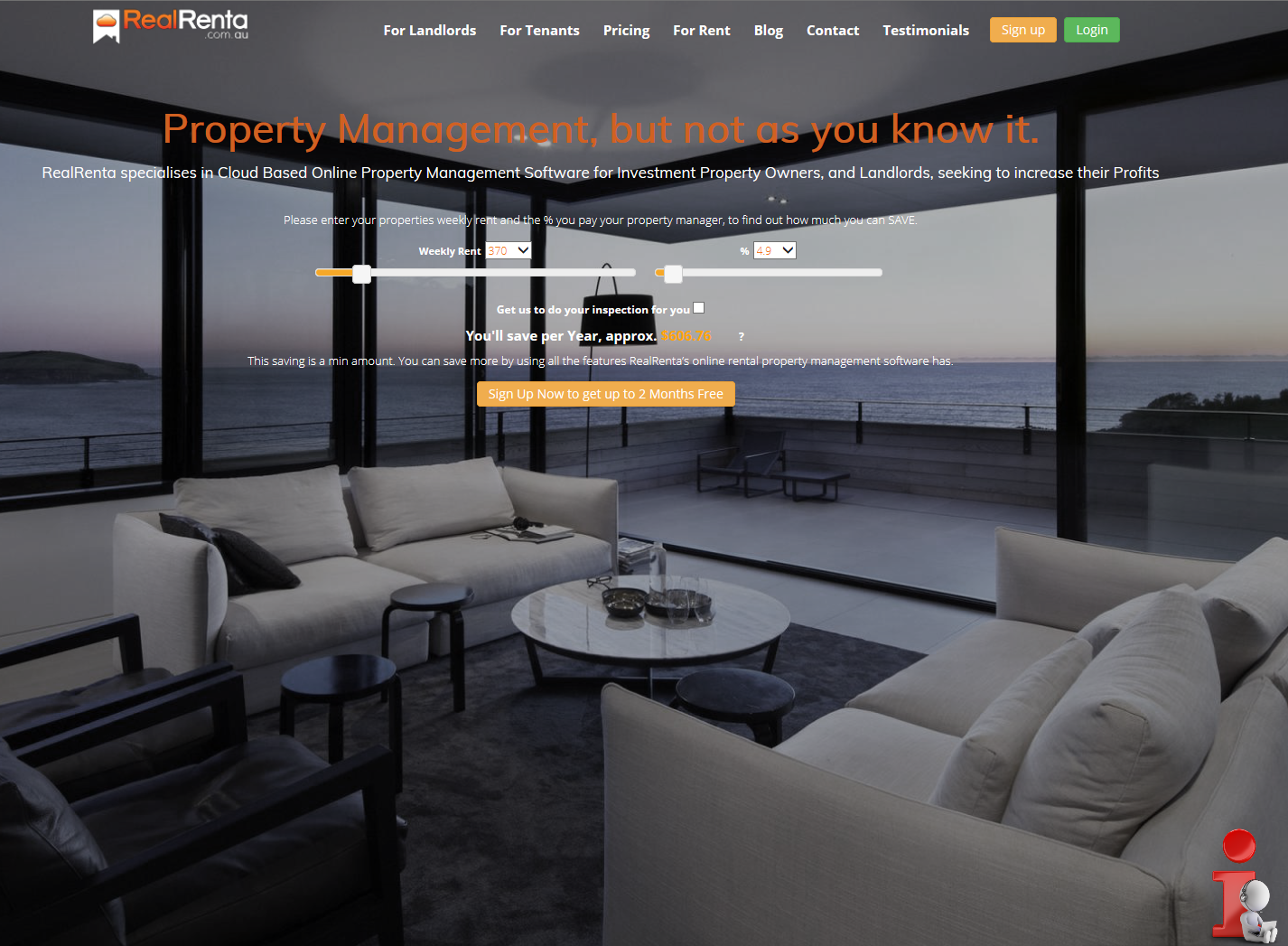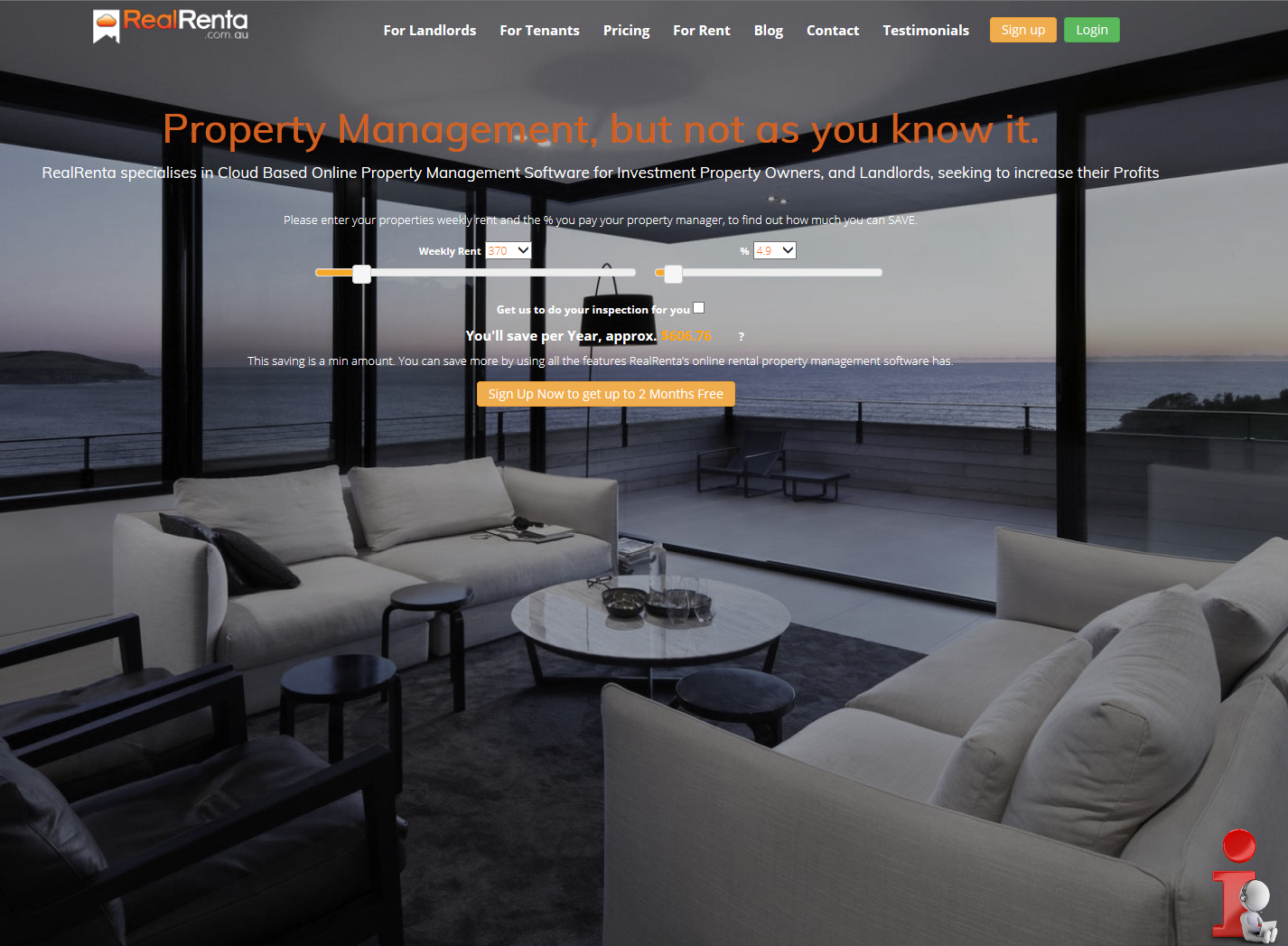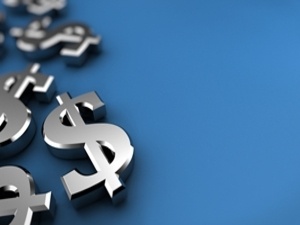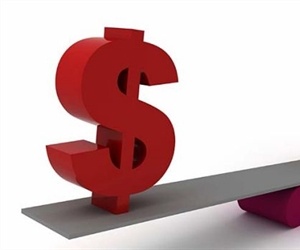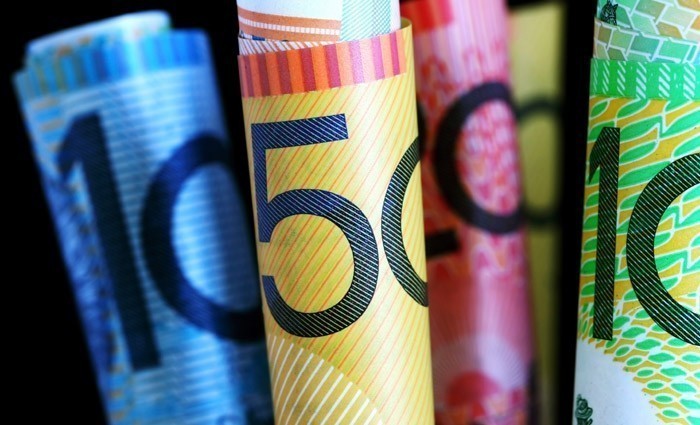
In Australia, Investors pay CGT on Real estate, shares, managed funds and collectables. If you decide to sell an investment property, your CGT calculation will be based on the net sale price of the property, minus expenses.
The gain is added to your income to calculate the applicable tax.
These expenses are your cost base and are calculated by adding the original purchase price, ownership and title costs, minus government grants and building depreciation that has been claimed.
The other expenses that can be included are:
- Stamp duty
- Legal fees
- Bank fees
- Agent fees
- Advertising and marketing fees
- Travel expenses
- Property searches
- Inspection costs
- Improvement
- Title costs
Costs incurred when selling will be used to reduce your gross selling price. If the property has been held for over 12 months, the CGT can be reduced by 50%.
If you make a capital loss when you sell, you will not pay any CGT. You can carry a capital loss forward into the future and offset this against any future capital gains.
In Australia, your principal place of residence is exempt from CGT. If it does become an investment property, you could be exempt from paying CGT under the “Temporary Absence Rule”, which means the property can still be treated as your principal residence for a period of up to 6 years. However, if you do buy another property, you will have to elect one of the properties as your primary residence.
Buying property through your SMSF is another way you can generate profit while avoiding CGT.
If you sell a property held within a SMSF when you retire, you won’t pay any CGT.
If you sell the property while you’re still working, you will only be taxed at the rate of 15% and if you hold onto it for more than a year, the rate will be dropped to 10%.



